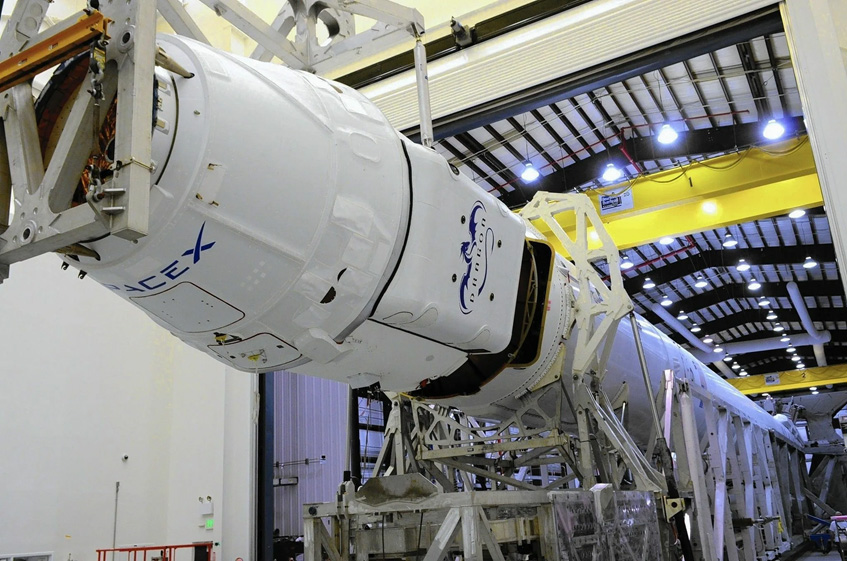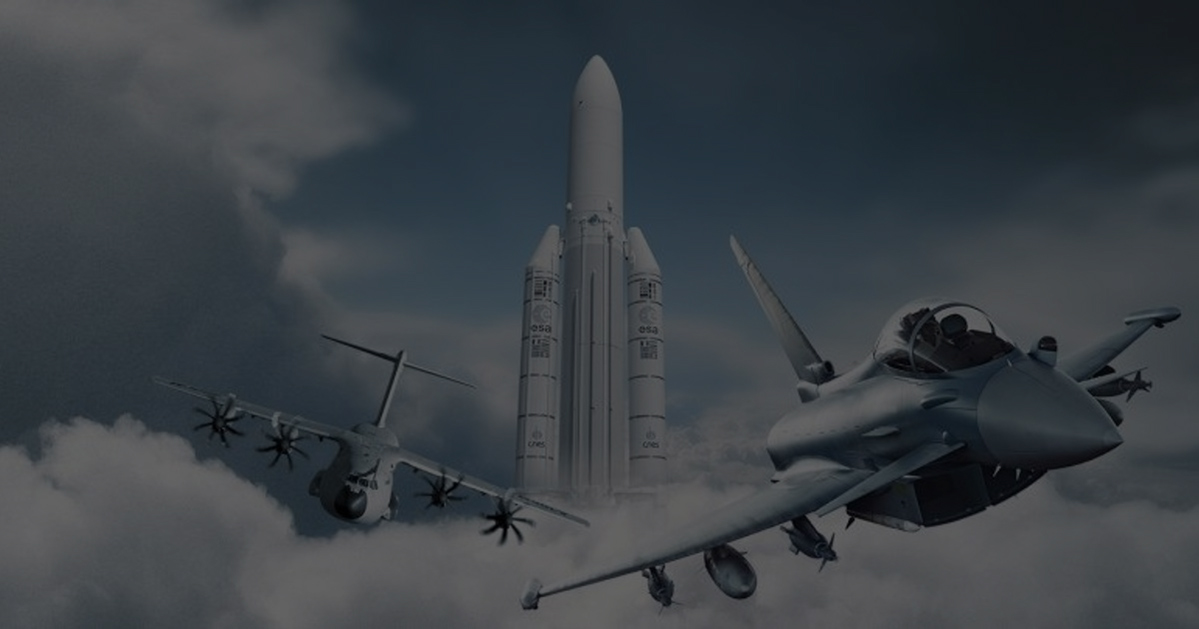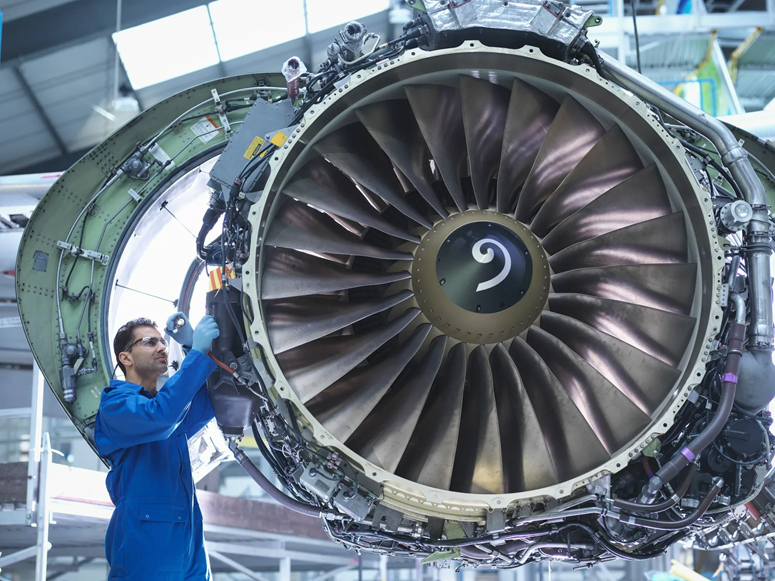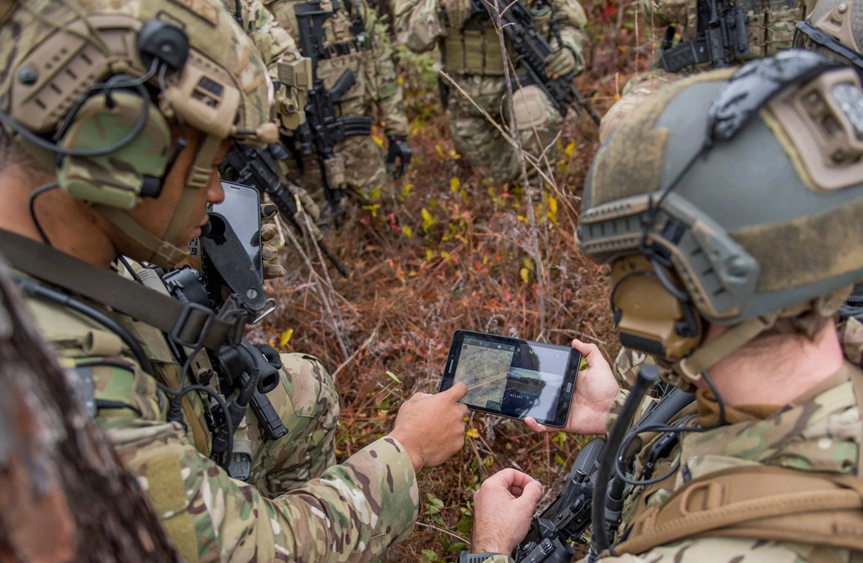Space Systems
The space systems market is undergoing a transformative phase and is on its way to hit US$ 1 trillion mark in revenue by 2040, driven by advancements in technology and increased investment from both public and private sectors. This market includes satellite manufacturing, launch services, ground systems, and emerging areas like space tourism and on-orbit servicing. Key factors propelling growth are the rising demand for satellite-based services, advancements in launch technologies, and the entry of private companies into what was once a government-dominated arena. Satellite manufacturing is a cornerstone of the space systems market. There's a growing need for satellites for communications, Earth observation, and navigation. Companies are developing smaller, more cost-effective satellites, often deployed in constellations, to provide global coverage and high-speed connectivity.
Launch services are also evolving, with reusable rocket technology reducing costs and increasing launch frequency. Companies like SpaceX and Blue Origin are leading the way, providing more affordable access to space. This has spurred a surge in satellite launches and opened opportunities for new space missions and commercial ventures. Ground systems, which include the infrastructure for satellite communication and control, are advancing to handle the increasing volume and complexity of data from space. Enhanced ground stations and data processing capabilities are essential to support the growing number of satellites and the services they provide.






.jpg)


